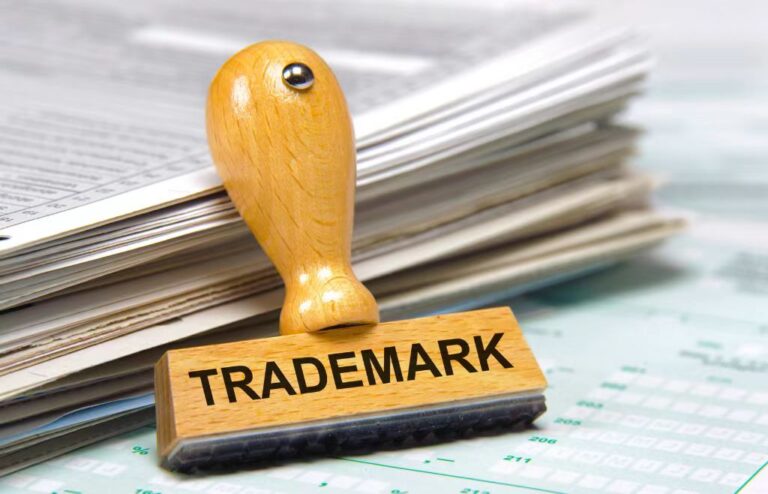Skadden: A Leading M&A Law Firm Facing New Challenges
The Go-To Firm for Hostile Takeovers Founded by Marshall Skadden, Les Arps, and John Slate on April Fools’ Day…
The Go-To Firm for Hostile Takeovers
Founded by Marshall Skadden, Les Arps, and John Slate on April Fools’ Day in 1948, Skadden, Arps, Slate, Meagher & Flom began as a bold newcomer among the traditional “white shoe” law firms in New York. In the same year, Joe Flom was hired as the firm’s first associate, and litigator Bill Meagher joined in 1959, becoming the fifth partner to have his name appear on the firm’s letterhead as it is known today.
The firm’s first two decades were marked by steady growth. In the 1950s and early 1960s, Skadden took on proxy fights—cases that other “white shoe” firms considered beneath them. This positioned the firm as the go-to choice for hostile takeovers that dominated the M&A landscape in the 1970s.
From the outset, Skadden recognized the value of providing full-service legal support. It developed complementary practices such as litigation, tax, and antitrust. In response to client needs, the firm began expanding to other cities in 1973. By the 1980s, it experienced exponential growth in the number of attorneys, along with a significant expansion in practice areas, including restructuring, finance, real estate, mass torts, and securities litigation. Skadden also established offices in Europe and Asia. Over the decades, the firm built on this foundation to provide high-quality advice on critical matters worldwide.
Leadership Changes
In August this year, partners David Hepp and Matthew Collin departed for Paul, Weiss, Rifkind, Wharton & Garrison, highlighting the ongoing issue of senior personnel turnover at Skadden.
Despite these challenges, Skadden ranked first globally in M&A deals in the first half of 2024, according to the London Stock Exchange Group. Earlier this week, The American Lawyer listed Skadden as sixth in its 2024 A-List rankings. Industry experts agree that Skadden’s reputation in M&A remains strong. However, why is the firm facing such notable turnover?
In recent months, several prominent partners have left: M&A partners Mike Ringler and Peter Jones joined Sullivan & Cromwell; Steven Matays, former head of Skadden’s New York tax practice, moved to Freshfields; and Sven Mickisch, co-head of the financial institutions group, took four partners with him to Simpson Thacher in February 2024.
The firm has also made new hires. In early August, Elizabeth Gonzalez-Sussman, former vice chair of shareholder activism at Olshan Frome Wolosky, joined Skadden. In June, Andrea Griswold, a former deputy U.S. attorney for the Southern District of New York, strengthened Skadden’s white-collar defense practice.
Industry insiders suggest several factors, including internal disagreements within the new leadership, salary structures that fail to compete with the market’s top-tier rates, and challenges in building a comprehensive private equity practice, could necessitate strategic adjustments. Without addressing these issues, Skadden risks continued personnel losses.
In June 2023, Skadden announced that Jeremy London, a corporate partner from the firm’s Washington, D.C., office, would succeed Eric Friedman as chair. Friedman had served as chair for 15 years and was only the third chair in the firm’s 75-year history.
Sources indicate that London’s election saw divided support within the firm, with multiple candidates vying for the role. One contender was Sven Mickisch, who left the firm before London’s appointment.
Lateral Hiring Strategy
Since becoming chair, London has adopted a more aggressive lateral hiring strategy—a notable shift for the firm. However, whether this approach has affected partner sentiment remains unclear. Other firms, such as Paul, Weiss, have also become more active in lateral recruitment, experiencing both resource reallocation and cultural shifts as a result.
“Jeremy has been more proactive in lateral hiring than his predecessor,” noted a legal recruiter. “But leaders like Brad Karp [at Paul, Weiss] have also embraced lateral hiring in recent years. The new generation of leaders understands that not all talent can be developed internally.”
Dan Binstock, a partner at legal recruiting firm Garrison, pointed out that leadership transitions often cause internal uncertainty. “Leadership changes often bring turbulence,” he said. “Unsuccessful candidates and those who felt protected under prior leadership may feel unsettled. This is common during leadership transitions.”
Compensation and Market Position
While money isn’t the sole driver for lawyers switching firms, it remains a significant factor. Recently, firms have pushed top compensation levels higher, particularly benefiting transactional lawyers—a group Skadden has struggled to retain. Sources suggest Skadden’s top pay ranges between $14 million and $16 million annually, which, while substantial, falls short of the $20 million or more offered by competitors.
“Skadden’s pay structure doesn’t reach the top of the market,” noted a recruiter. “This makes them vulnerable.”
Despite its strong brand and legacy, some experts believe Skadden relies too heavily on these strengths.
Challenges in Private Equity
Historically, Skadden’s focus has been on strategic M&A. However, the rise of private equity firms and their deal volume has reshaped the legal landscape, creating challenges for Skadden.
“Skadden wants to build a private equity practice,” said a recruiter. “But their client base consists of strategic businesses, and too much private equity work could create conflicts with these clients.” Another industry consultant described this as a structural issue that must be addressed meaningfully.
Slowing Revenue Growth
Over the past five years, Skadden ranked fifth in Am Law 100 revenue rankings. However, its financial growth has lagged behind peers in key metrics.
In 2020, Skadden reported revenue of $2.63 billion, compared to an average of $2.77 billion among the top 10 firms. By 2024, the average revenue for the top 10 firms rose 38.2% to $3.82 billion, while Skadden’s revenue grew 24.3% to $3.27 billion.
Skadden also maintains a single-tier partnership structure, which some analysts argue may limit profitability and hinder lateral hiring.
Closure of Shanghai Office
Skadden’s challenges extend beyond talent retention and revenue growth. Recently, it has scaled back its international footprint.
On October 18, Skadden announced the closure of its Shanghai office and layoffs for some China-based staff. Established in 2008, the office housed 19 legal professionals, including two partners. Skadden emphasized that it would continue to serve clients from its Beijing and Hong Kong offices.
The firm joins other international law firms that have reduced their presence in China over the past year, becoming the latest to adjust its strategy in 2024.








